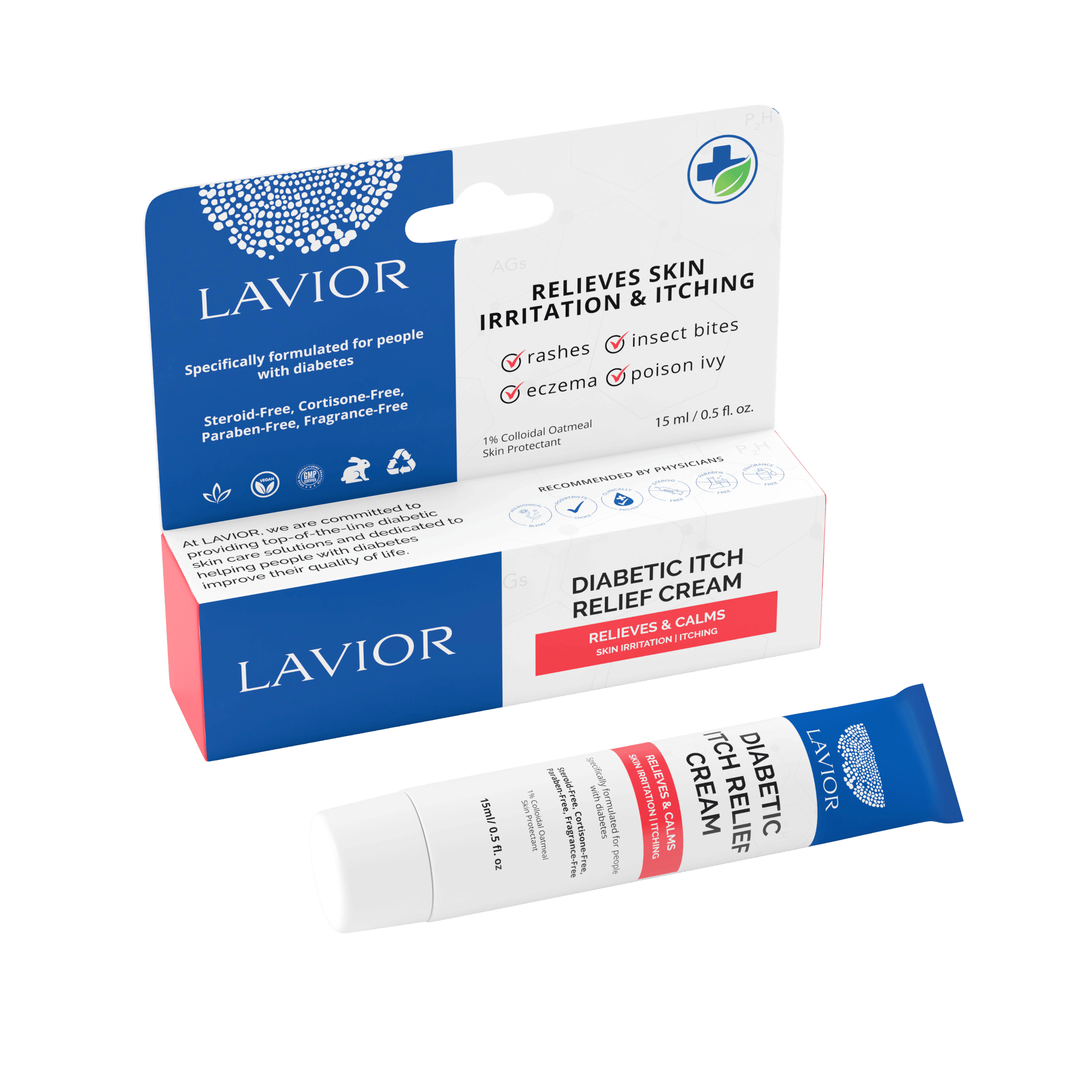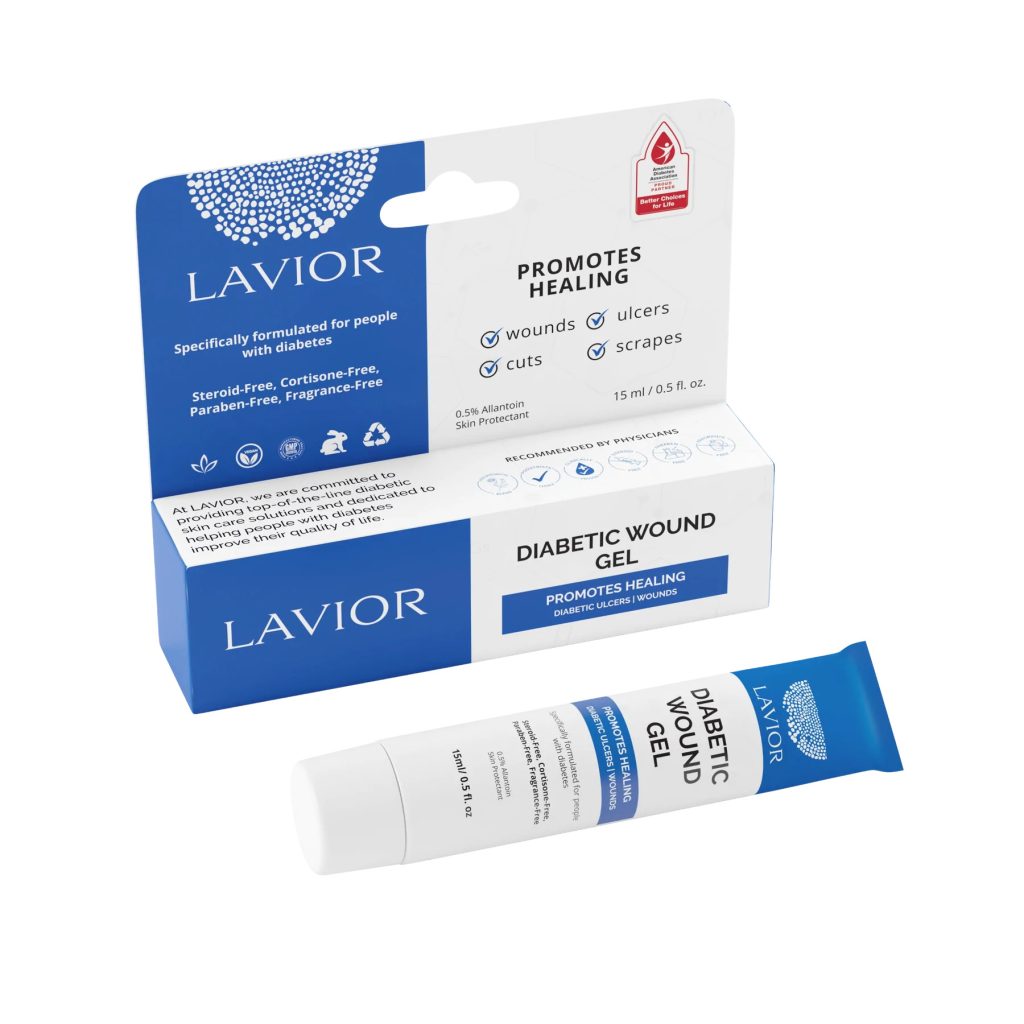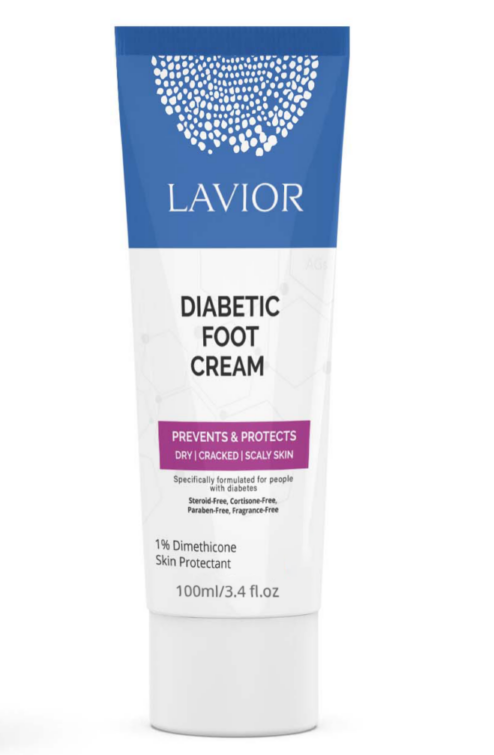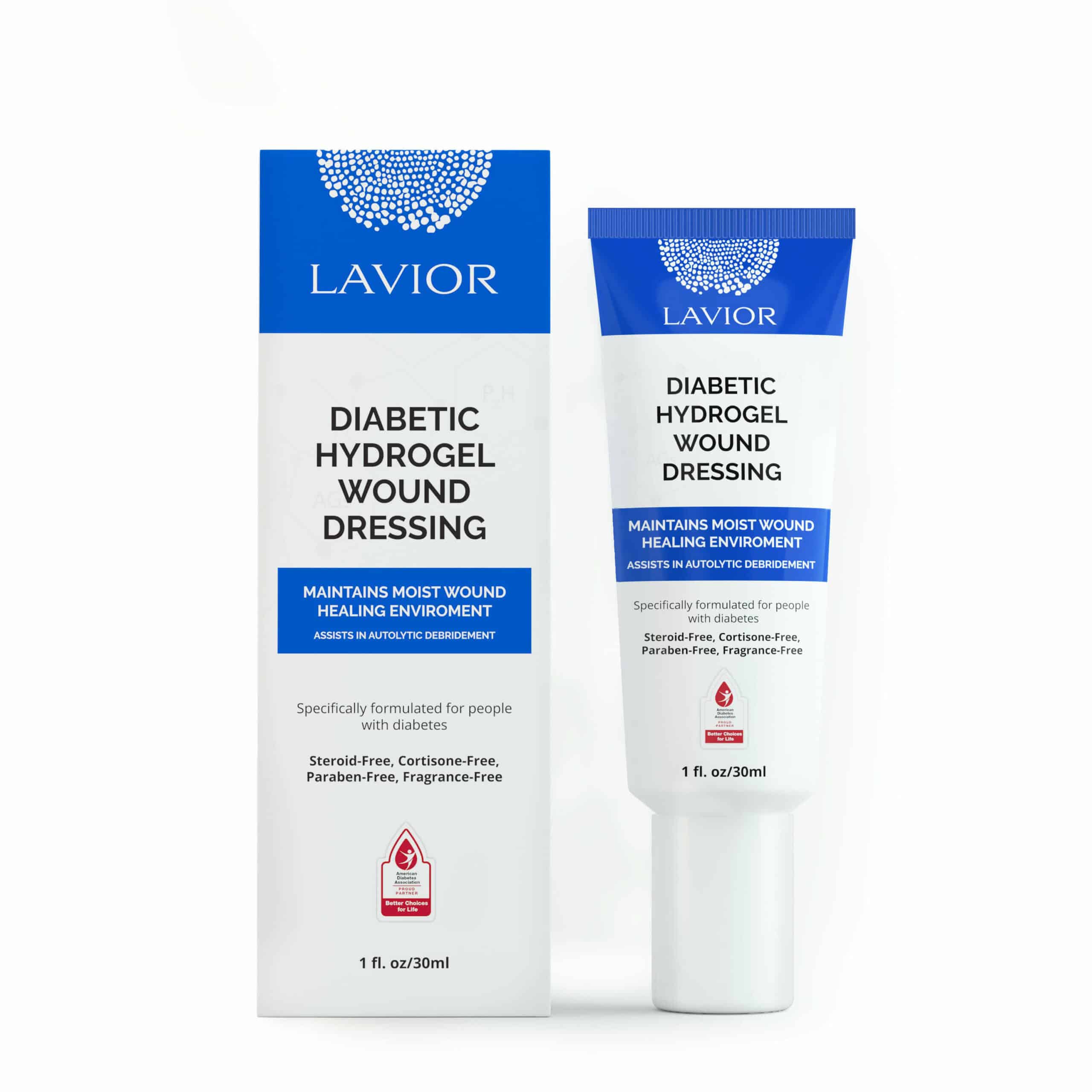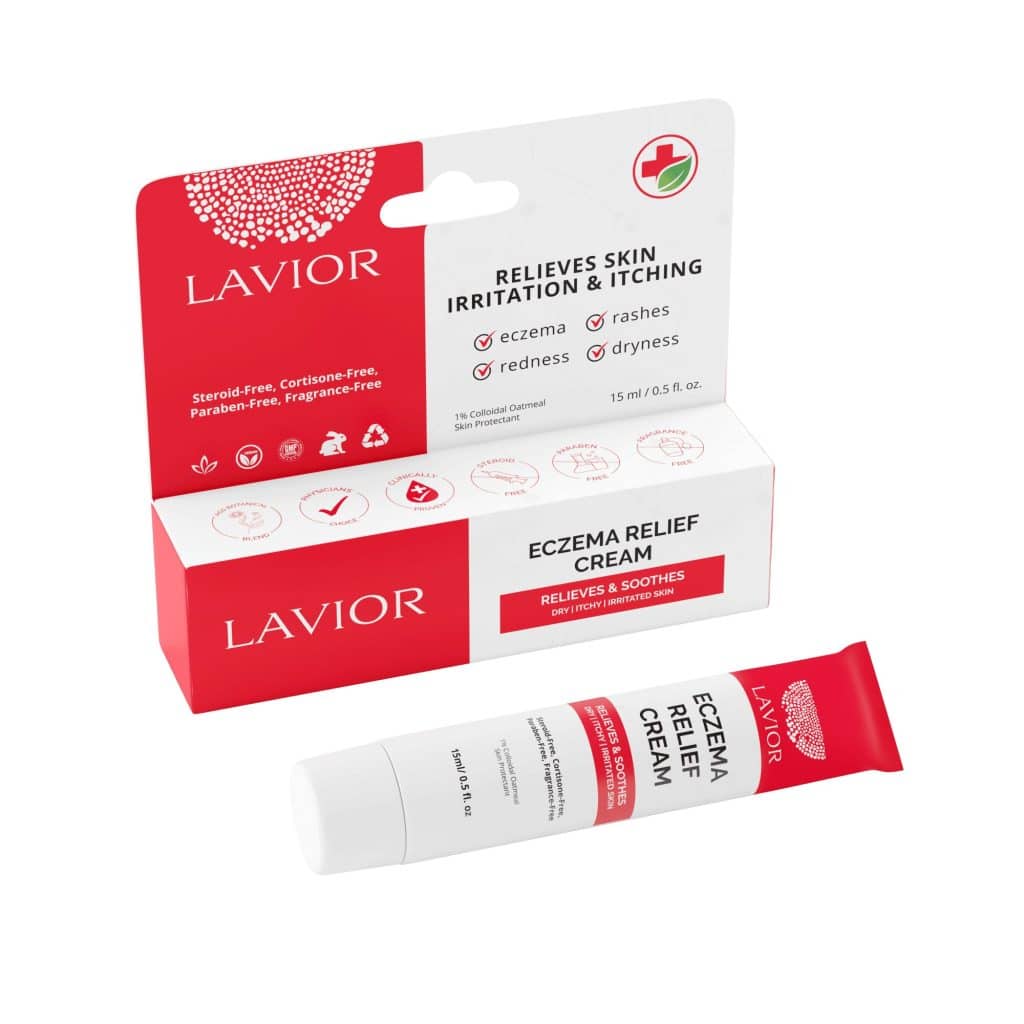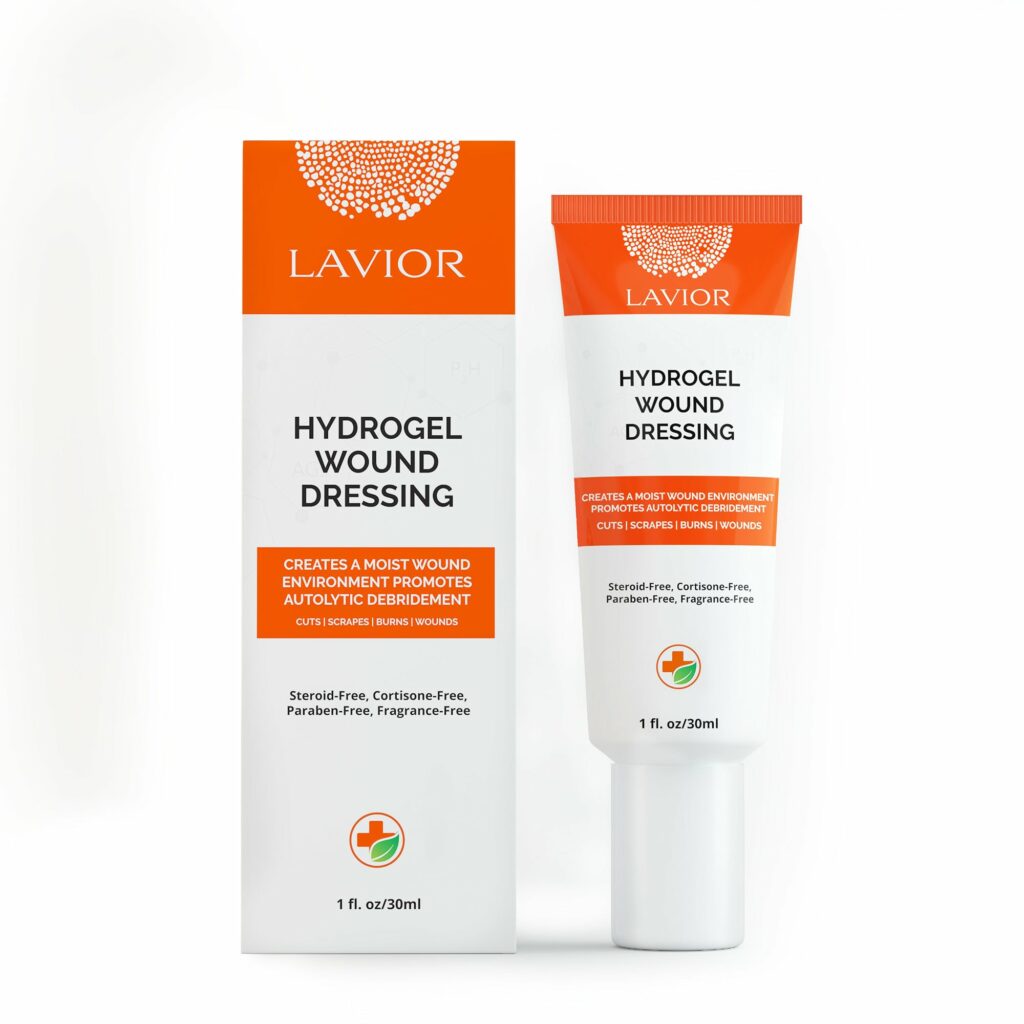Study Conducted By:
Jonathan Rosenblum, DPM.
Patient:
57-year-old diabetic male.
History:
Patient is a post transmetatarsal amputation (TMA) and the stump hasn’t been healing at all prior to treatment with Inula-based product. Uncontrolled blood sugar levels. Prior standard of care wound treatment was ineffective.
Wound Presentation:
Full thickness ulceration with fibrotic tissue noted. Unhealthy granulation and biofilm present due to the chronicity of the wound.
Study Methodology:
Use of Lavior’s Inula-based wound product on a daily basis.
Product(s) Used in Study:
D-Care Diabetic Wound Care.
Study Duration:
4 Weeks – 4 Week Predictive Marker Study.
Treatment Narrative
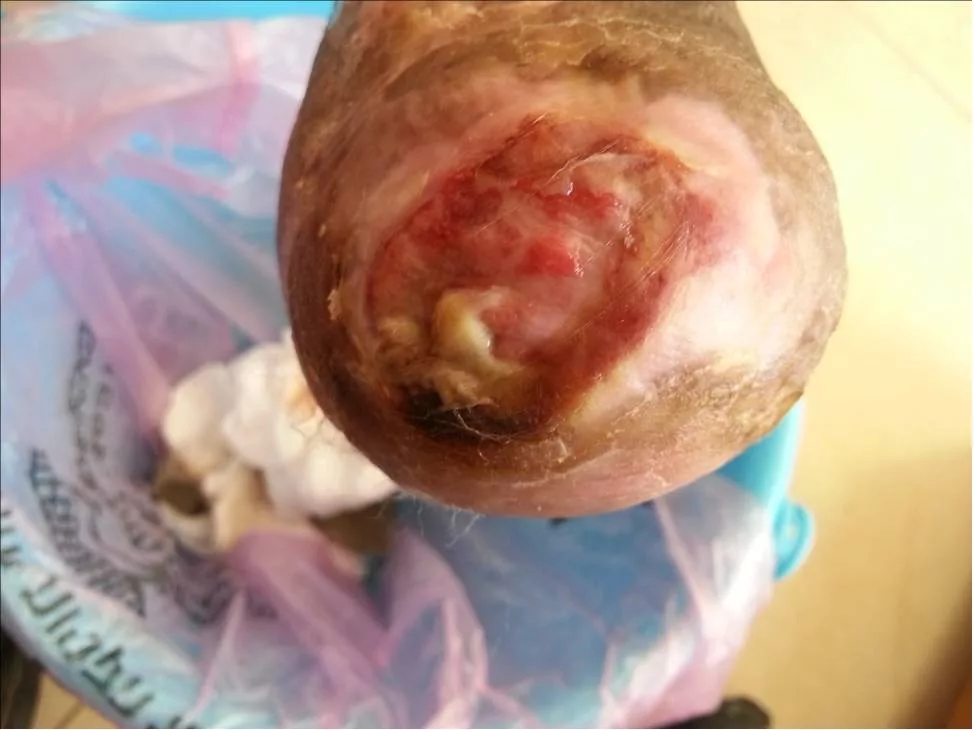
INITIAL PRESENTATION
Wound size: 13.8 cm. Early stage 3 wound. Fibrotic tissue is evident with unhealthy granulation tissue. Presence of biofilm due to the chronicity of the wound.
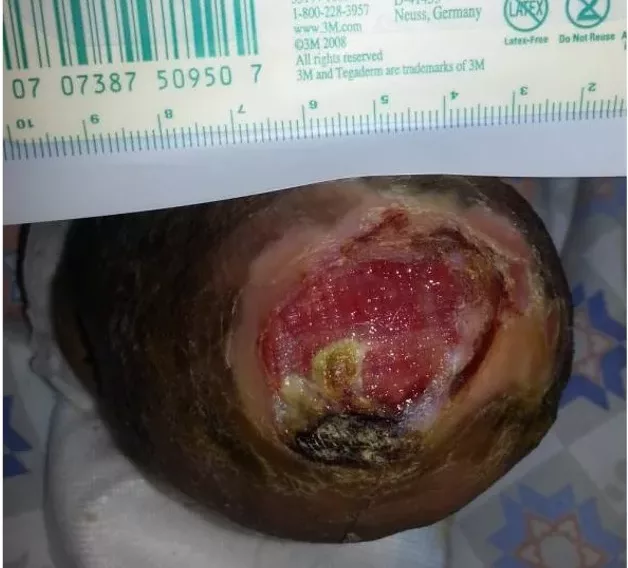
AFTER 1 WEEK OF TREATMENT
The granulation tissue is taking on more of a deep red color. The wound is decreasing in size. The wound edges are demarcating and becoming less adherent to the wound therefore debridement can be possible.
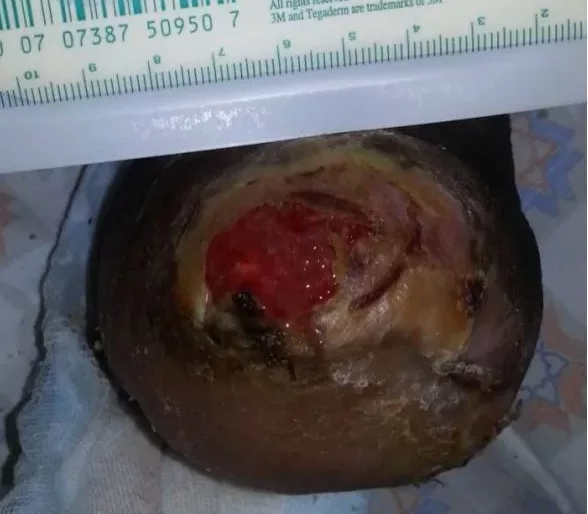
AFTER 2 WEEKS OF TREATMENT
The size of the wound is continuing to decrease. The biofilm has been disrupted. Eschar is continuing to form around the wound.
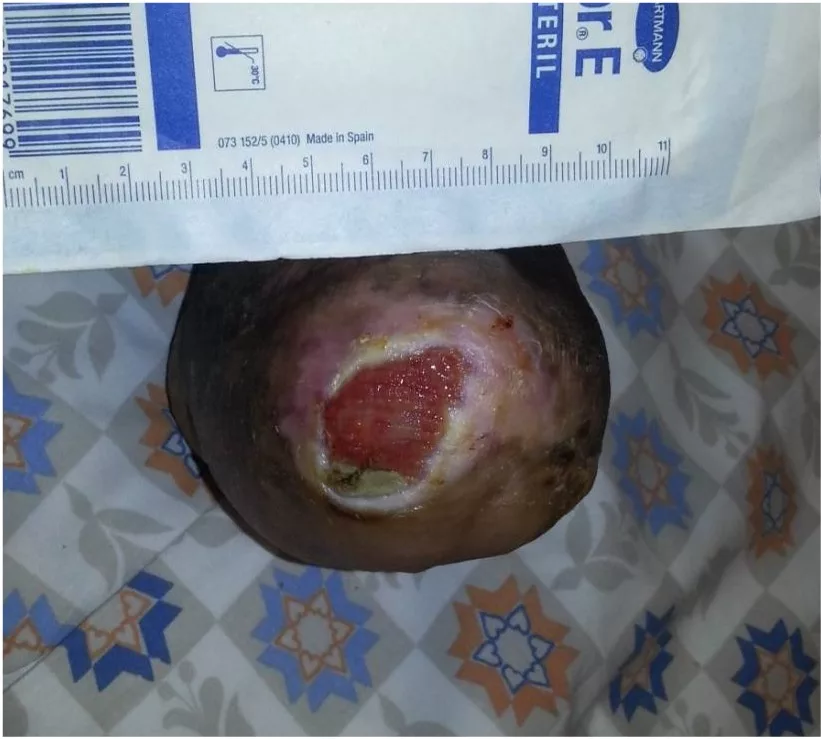
AFTER 4 WEEKS OF TREATMENT
Wound size: 5.6 cm. The borders are free of eschar. Epithelial tissue surrounds the healthy granulation tissue. The wound size has diminished significantly.
RESULT SUMMARY
During this 4-week period, wound closure is at 59%. As evident from the photos, the healthy granulation tissue has replaced the fibrotic, non-healing wound due to the healing properties of the LAVIOR D-Care product.



